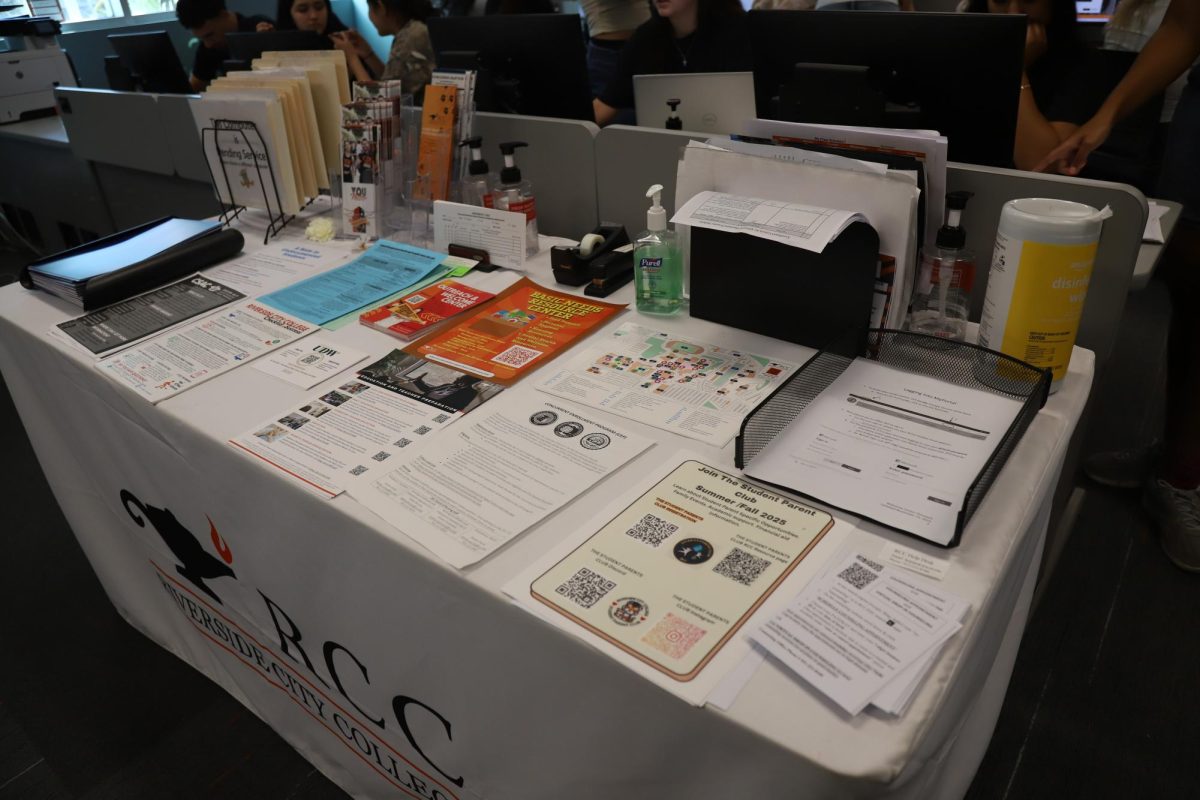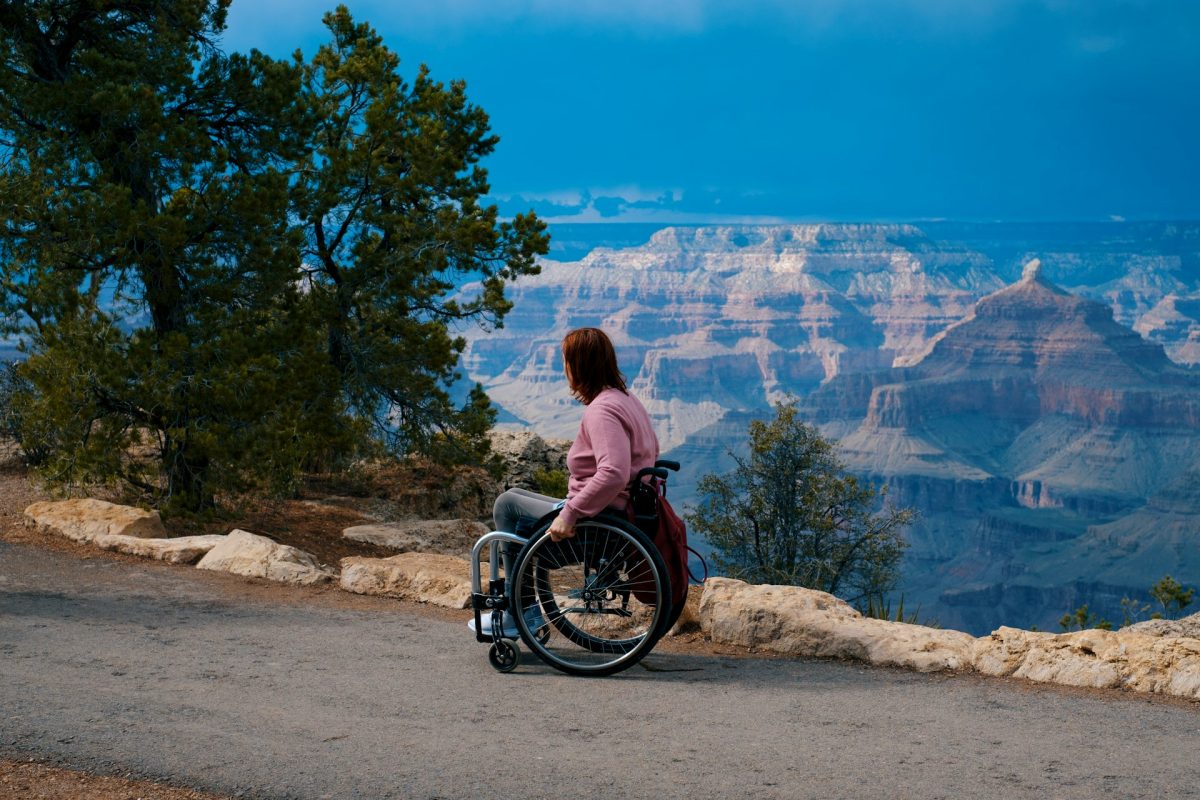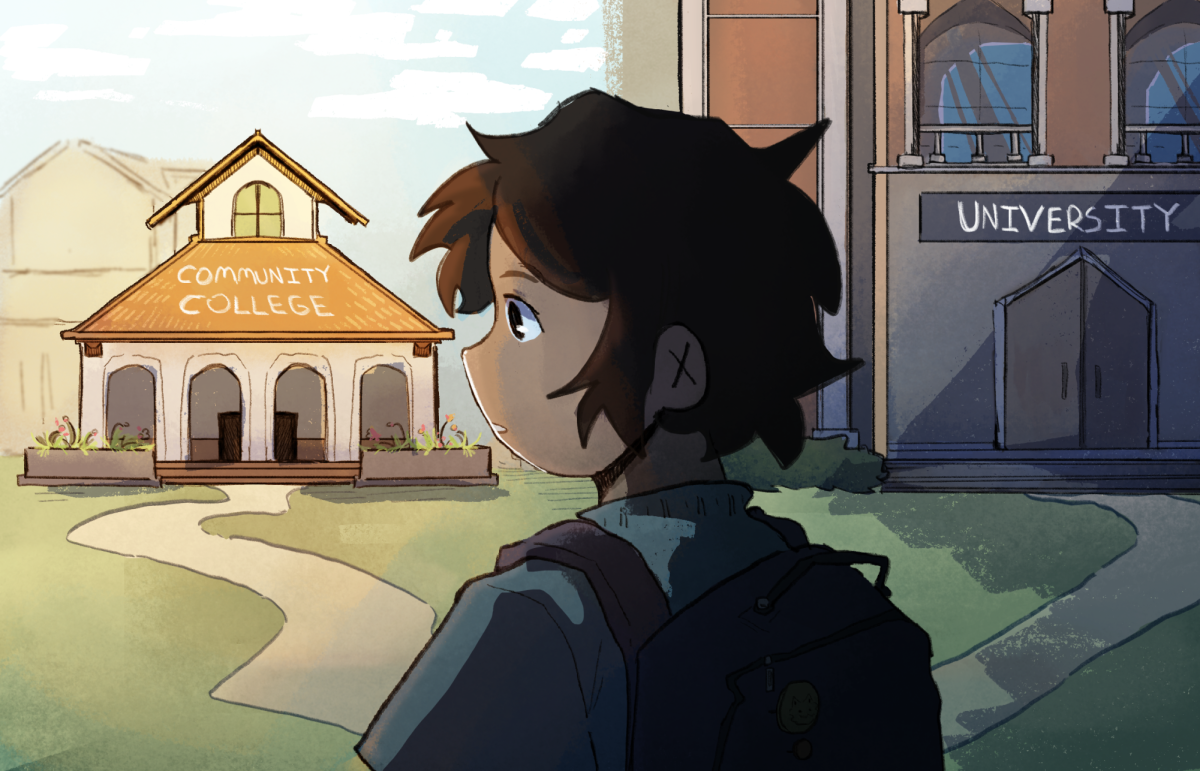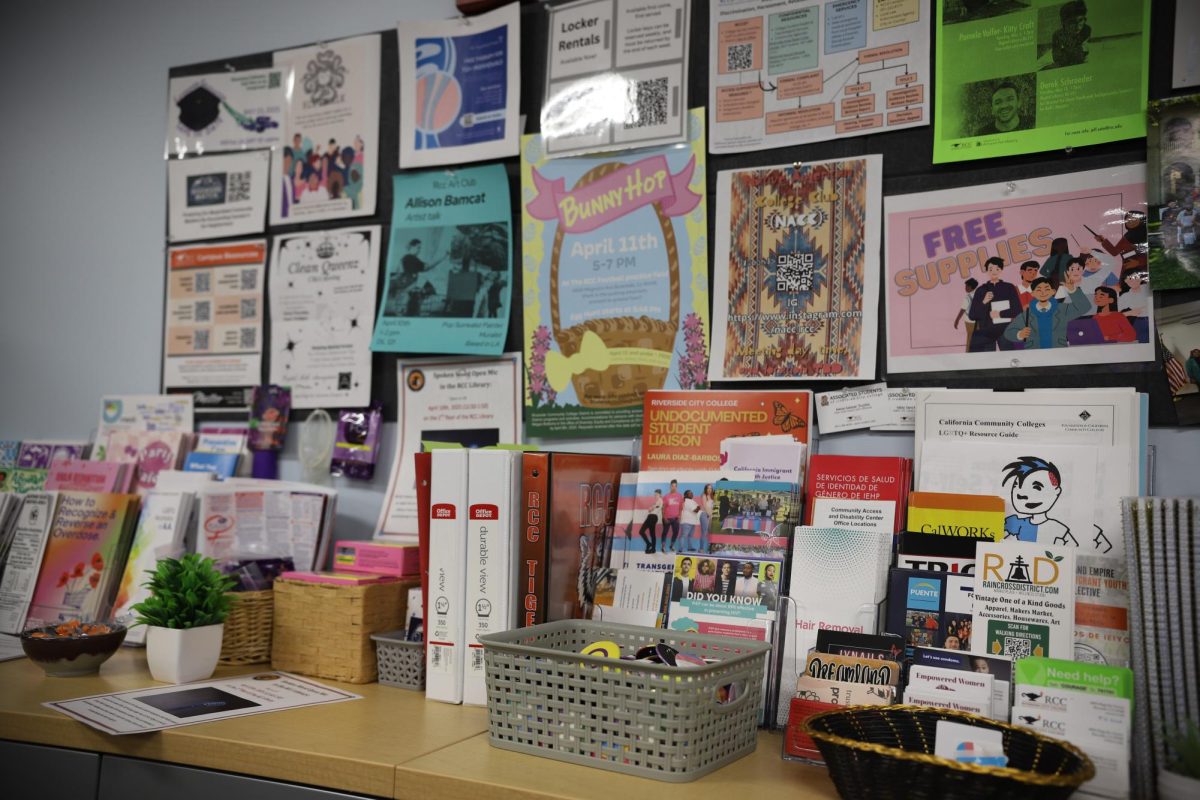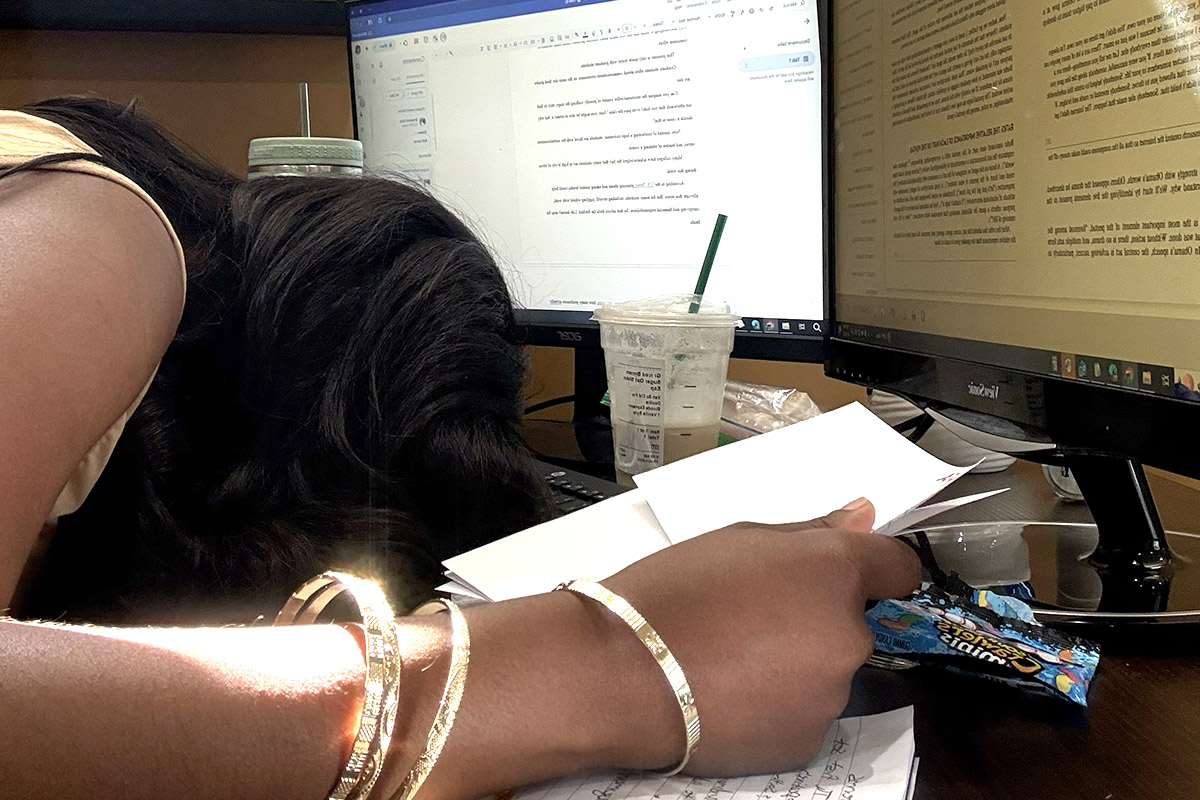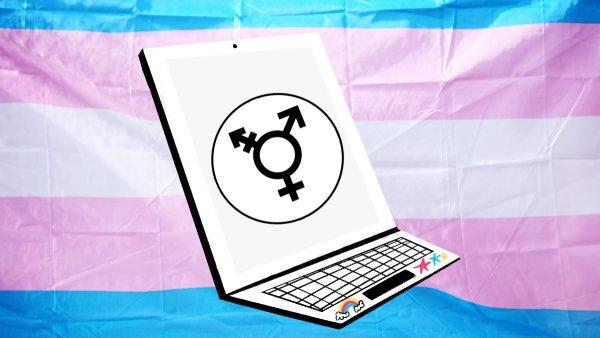
By Leo Cabral
Film and television are mediums I’ve always escaped to for comfort. However, that comfort slowly faded as I realized that there aren’t many people like me on-screen.
The further I journeyed into and embraced my gender identity, the less I saw myself in the media I consumed. In fact, I don’t believe I’ve ever seen a Mexican nonbinary, transmasculine character, let alone one who is aromantic and asexual like me.
Suffice it to say, there are not enough transgender and queer writers contributing to film and television.
Yes, I exist in a rather specific realm of intersectionalities, but plenty of people also straddle different intersectionalities who are not represented either.
Consider who is in the writing rooms of your favorite films and shows. It is predominantly White, cisgender and heterosexual males writing queer stories — and they don’t do it well.
The culture that excludes LGBTQ+ writers, especially of color, from film and TV production must be actively challenged and held accountable. Showrunners should consult a team of people of color and queer individuals whenever they want to tell our stories and they should stop giving trans roles to cisgender actors. This will minimize harm and misrepresentation of the community as well as offer more employment opportunities.
According to the Gay & Lesbian Alliance Against Defamation, there were “zero transgender characters in the 44 major studio films released in 2020.” On top of that, eight of the major film studios that they tracked — this includes notable studios like Lionsgate, Paramount Pictures, Universal Pictures and Walt Disney Studios — received an “insufficient” or worse grade regarding LGBTQ+ representation in 2019.
In terms of representation, television has done slightly better than its studio film counterparts. Of the 773 series characters scheduled to appear on broadcast scripted primetime TV in 2020, only 70 of them, or 9.1 percent, were LGBTQ+.
Such a monumental deficiency in authentic representation leaves room for misinformation, derogatory stereotypes and the perpetuation of violence.
Transgender people, especially those of color, continue to fend off the misconception that they are socially deviant, mentally ill or primitive. An echo chamber of these stereotypes can lead to acts of violence against LGBTQ+ people.
Characters like Jame “Buffalo Bill” Gumb from “The Silence of the Lambs” (1991) depicts the “man in a dress” trope that leads to the bathroom panic, thus making private spaces more hostile for trans women.
Characters like this feed into the myth that trans women are evil, dangerous or deceitful when in fact the opposite is true; they are trying to live authentically.
Trans women aren’t the only ones who receive this harsh treatment in the media.
Trans men are depicted as angry and aggressive as a result of testosterone from hormone replacement therapy. At the same time, they are infantilized and dismissed as confused lesbians.
Nonbinary people are usually portrayed by thin, light-skinned individuals assigned female at birth with delicate facial features, broad shoulders and a flat chest.
These depictions erase nonbinary people of color, nonbinary people assigned male at birth and indigenous experiences of gender pre- and post European contact. In reality there is no one way to look nonbinary, and trans men don’t become monsters by proxy of testosterone.
We are so inundated with shallow illustrations of how people interact with gender that it’s often overlooked that medical transition isn’t every transgender individual’s end goal. It sets an unrealistic standard of transness that, like unrealistic beauty standards, may be unachievable or undesired.
Guess what? There is also no one way to be transgender. The only requirement is not identifying with the gender one was assigned at birth, something we don’t see represented on-screen.
There are countless instances where media solely focuses on educating cisgender audiences, trans characters’ gender identity or a trans person’s transformation and appearance that we miss out on the more meaningful stories that could be explored.
We may never progress in creating equal representation in the media if we continue treating LGBTQ+ individuals like they’re a new phenomenon instead of challenging cisgender audiences’ preconceived notions.
Audiences don’t have to love it or immerse themselves in LGBTQ+ cultures, but they must accept that our beautiful and diverse stories are as important and worth sharing as any other. We deserve to see ourselves when we watch TV and movies.

